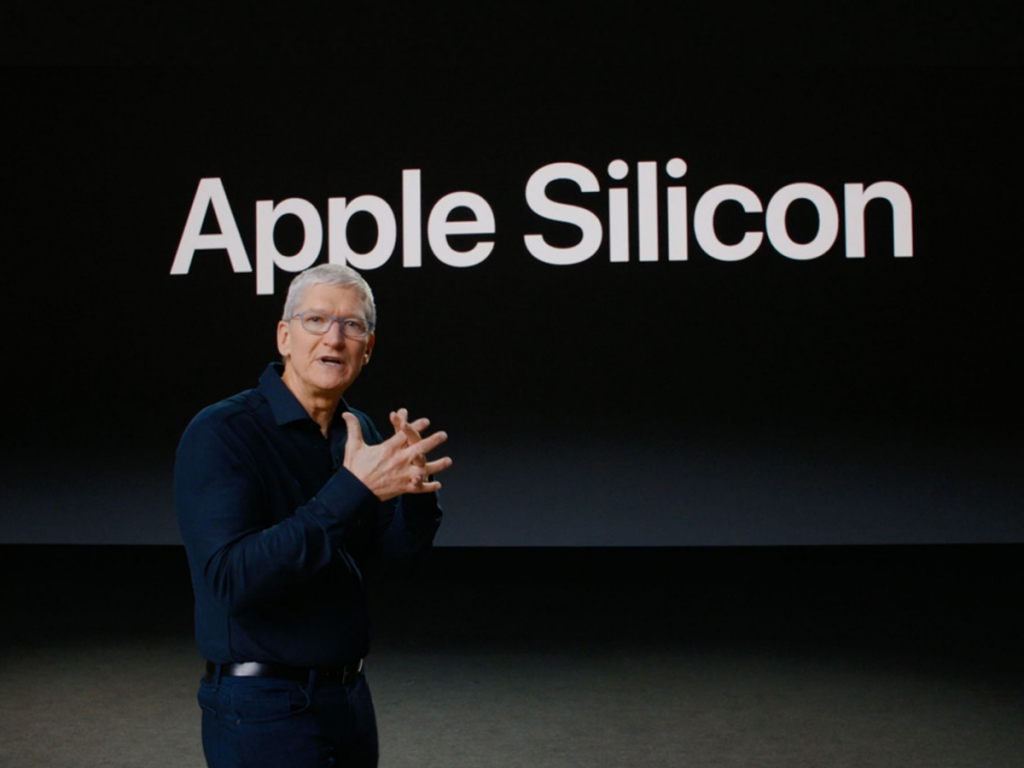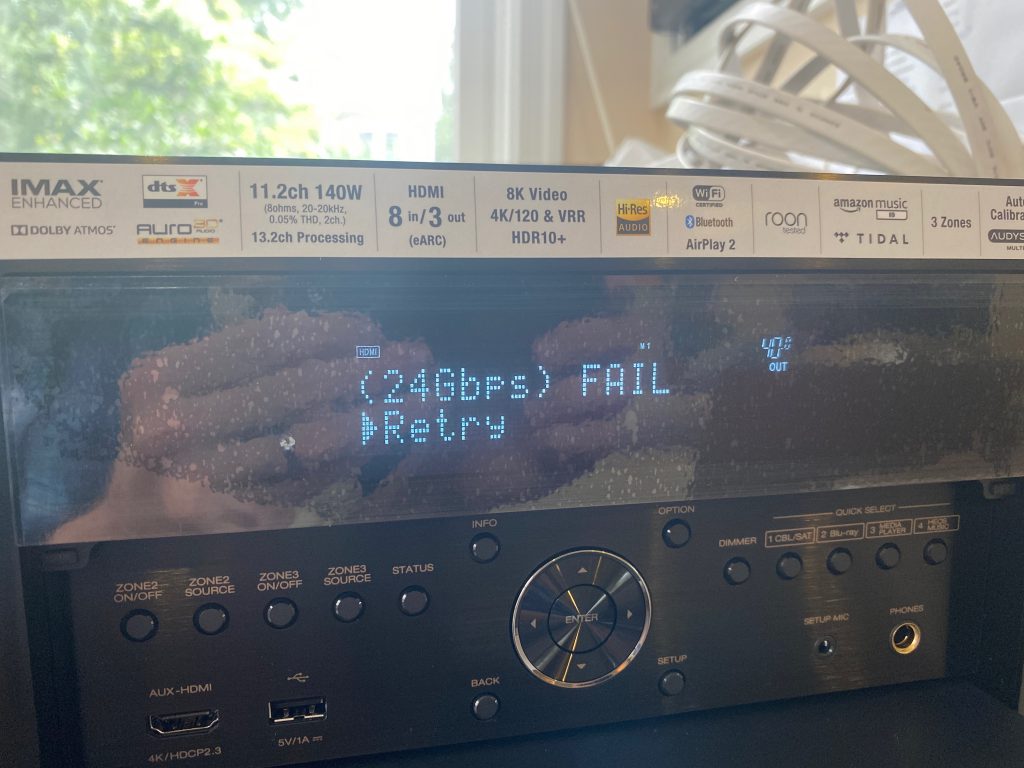Built with privacy potection in mind, and using technology developed by Apple and Google, the COVIDWISE app will alert you if you have encountered someone who later reported testing positive for Coronavirus. If lots of people use this or other interoperable apps from other states, it will enable easy contract tracing and allow people to more quickly quarantine, thus slowing the spread.

From the Washington Post:
The app will work outside of Virginia, but only users verified by the Virginia health department will be able to input a Covid-positive status. Per the Virginia Department of Health website, “There have been discussions regarding a federal database for positive diagnosis verification which would greatly simplify interoperability of exposure notification apps between states. It is not currently certain when this will be available.”
UPDATE: If you do every get a positive COVID test result, be sure to ask for the 6 digit pin so that you can enter your positive result into the COVIDWISE app. You need that to alert others of your result. Sadly, this isn’t given to you by default. That fact, and the lack of universal usage of the app, have limited its usefulness thus far.

